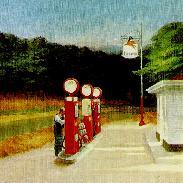 |
Edward Hopper:
Hopper traveled extensively; his paintings often reflect the loneliness of travel.
It's interesting to note that he traveled extensively by car with his wife, who
was also a painter:
"Their mobility was made possible by the fact that they were now sufficiently
prosperous to buy a car. This became another subject of contention between the
artist and his wife, since Hopper, not a good driver himself, resisted [his wife's]
wish to learn to drive too. She did not acquire a driving licence until 1936,
and even then her husband was extremely reluctant to allow her control of their
automobile" [Artchive].
Compare this to the David Hockney comment below. Hopper's 1940 painting Gas
captures the loneliness of travel and the loneliness of those who cater to the
traveler, suggesting issues of demand and supply in
transportation.
|
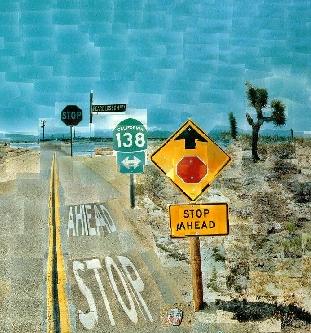 |
David Hockney:
"Pearblossom Highway (1986) shows a crossroads in a very wide open space,
which you only get a sense of in the western United States ... [The] picture was
not just about a crossroads, but about us driving around. I'd had three days of
driving and being the passenger. The driver and the passenger see the road in
different ways. When you drive you read all the road signs, but when you're the
passenger, you don't, you can decide to look where you want. And the picture
dealt with that: on the right-hand side of the road it's as if you're the driver,
reading traffic signs to tell you what to do and so on, and on the left-hand side
it's as if you're a passenger going along the road more slowly, looking all around.
So the picture is about driving without the car being in it." David Hockney,
[Getty Museum]
|
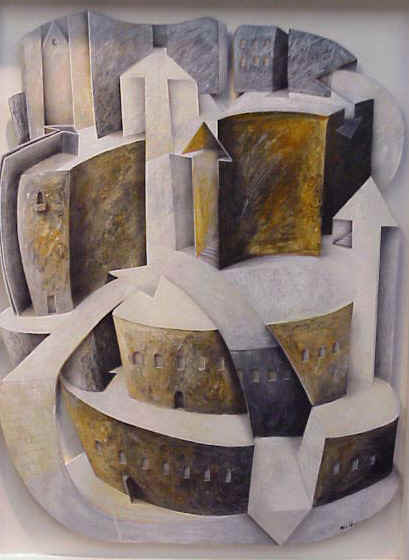 |
MAS Persson:
Vagvisare (2000) captures both Persson's abstract cityscapes and the inherent
connectivity that transportation provides infrastructure, appropriate for a course on
networks.
|
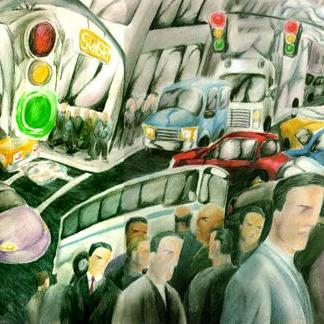 |
Chris Choi:
is a storyboard artist who, while in high school, submitted an entry to a
Cellular Samaritan Week contest for Airtouch Cellular (now Verizon) -- that (winning)
entry really captured many of today's transportation problems, and Chris allowed me to use
it on my web site.
|
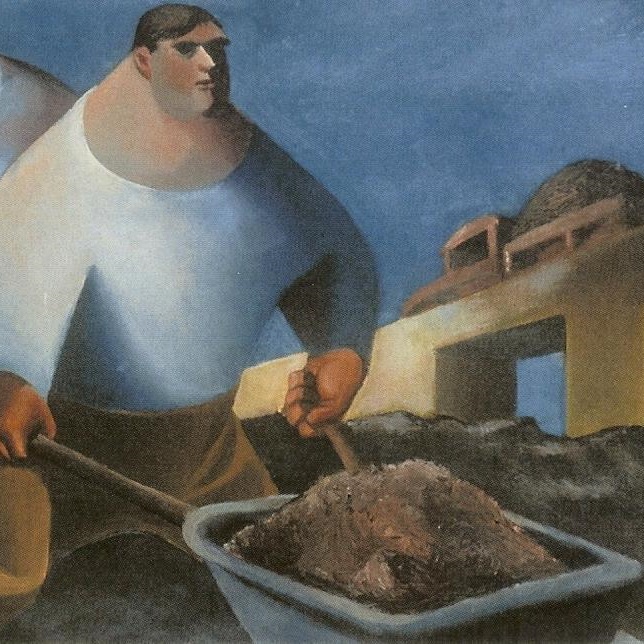 |
Roger Armstrong: was
a Laguna Beach artist who painted many urban landscapes, a cartoonist who drew characters
such as Bugs Bunny and Woody Woodpecker, and a teacher who taught painting and drawing
throughout Orange County. Travel is a demand derived from the activities of everyday life,
scenes that Armstrong often painted.
|
 |
Sisyphus:
I selected this image for a Freshman Seminar
on Essays in Engineering, Science, and Technology, anticipating a difficult
if not futile attempt to get non-technical students to consider technical areas
(and to get engineers to read). I was pleasantly surprised to read Samuel Florman
who chose Sisyphus as a symbol for engineers performing their duty and drawing
existential pleasures for an endless job nevertheless well done.
And you thought that your commute on the 405 was bad...
|
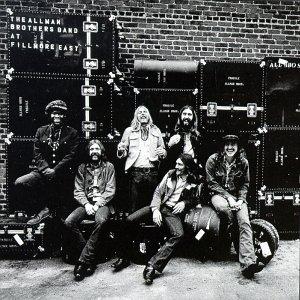 |
Jim Marshall:
What says more about "the road" than being "on the road", and who has done it
longer and better than the Allman Brothers? Interesting note: the picture was
not actually taken "on the road" at NYC's Fillmore East but back home in Macon,
Georgia. The back cover's similar photo of the more somber roadies (or in an
image not used of a more somber band) shows the yin yang of the road.
|
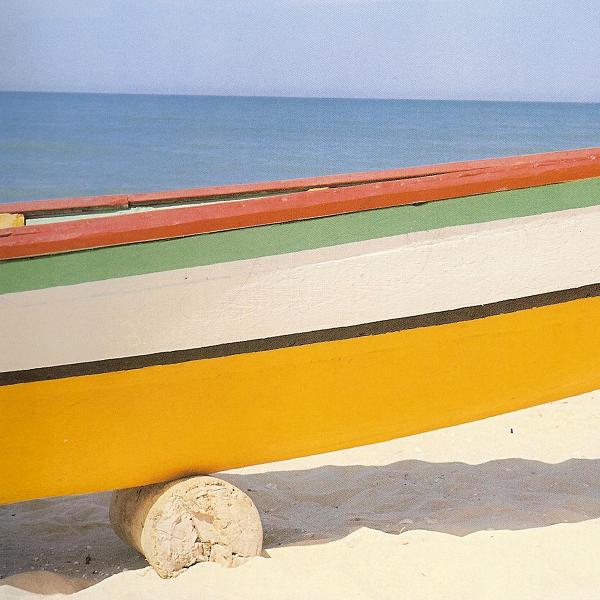 |
Bruce Chatwin:
The consumate traveler, Bruce Chatwin wrote "The Songlines" and "In Patagonia". Much
of his writing suggested a fundamental human conflict between the urge for going and
the urge for staying, referencing nomadic people as continuing an intrinsic part of
human evolution: those who wandered out of necessity, often seasonally repeating paths
(which in turn can define homelands). It's a fundamental dichotomy: the need
to stay, which secures one's place and belongings (stuff), and the need to roam, which
expands ones opportunities to gain resources (more stuff), and to find better nests ...
 . .
|
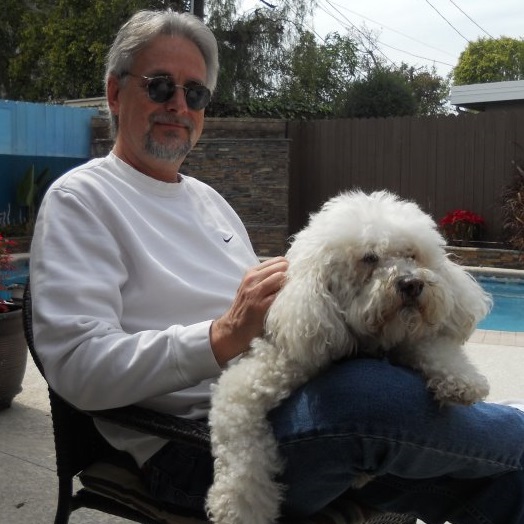 |
Bodhisattva: Traveling without Moving.
"Clear your mind, maybe you will find, that the past is still turning.
Circles sway, echo yesterday, ashes burning, ashes burning."
|








 .
.

